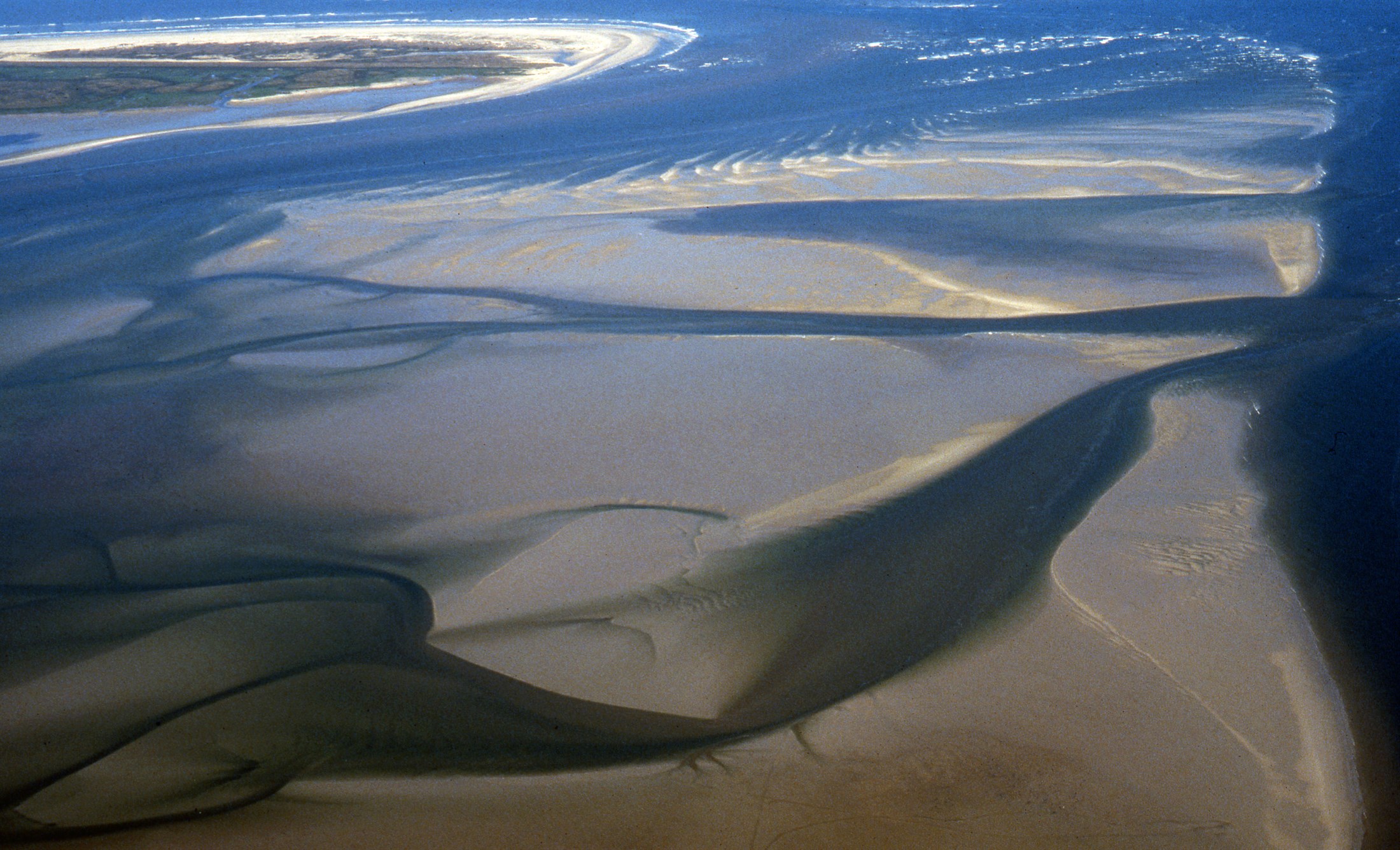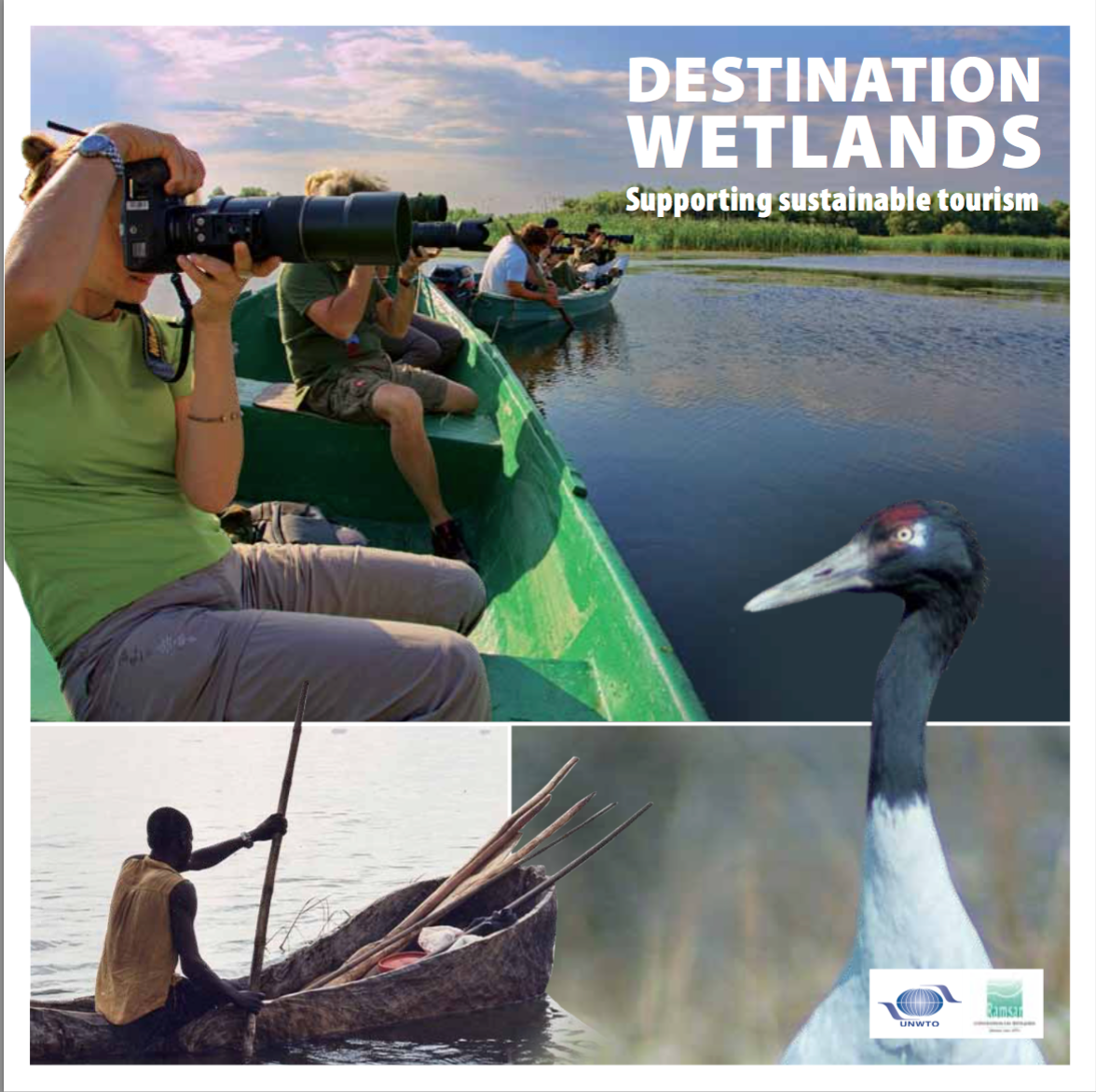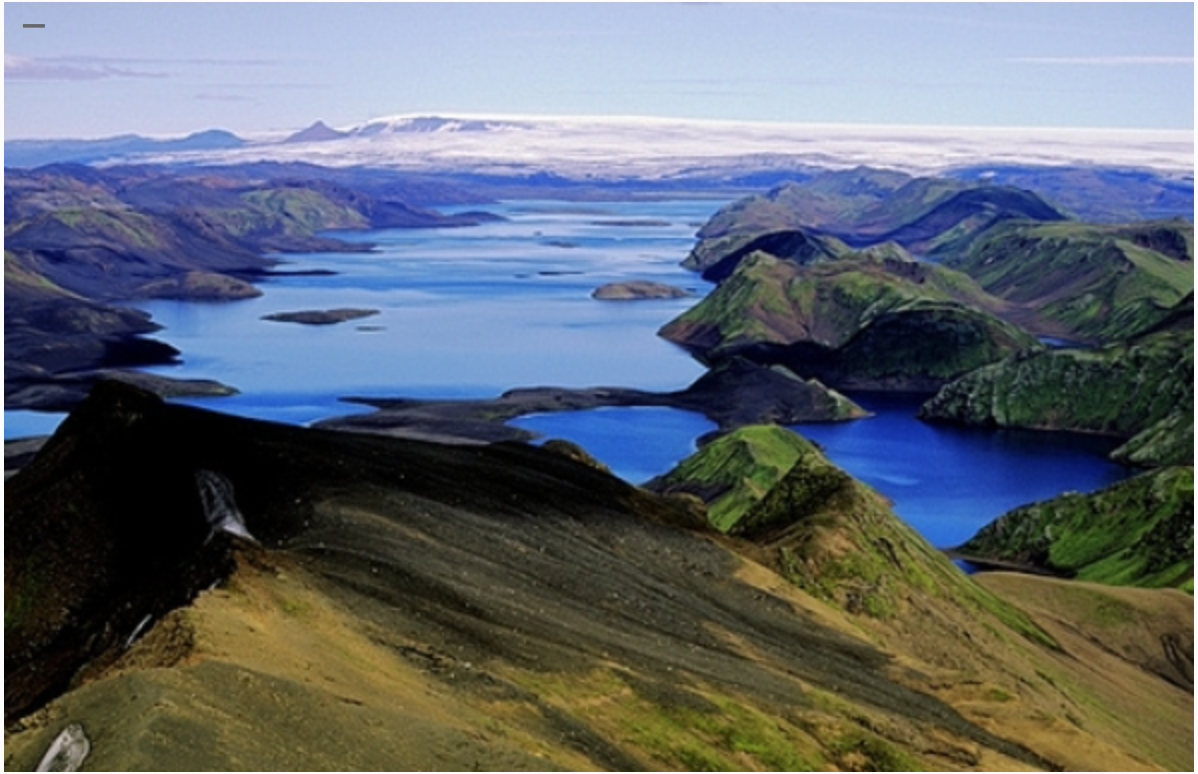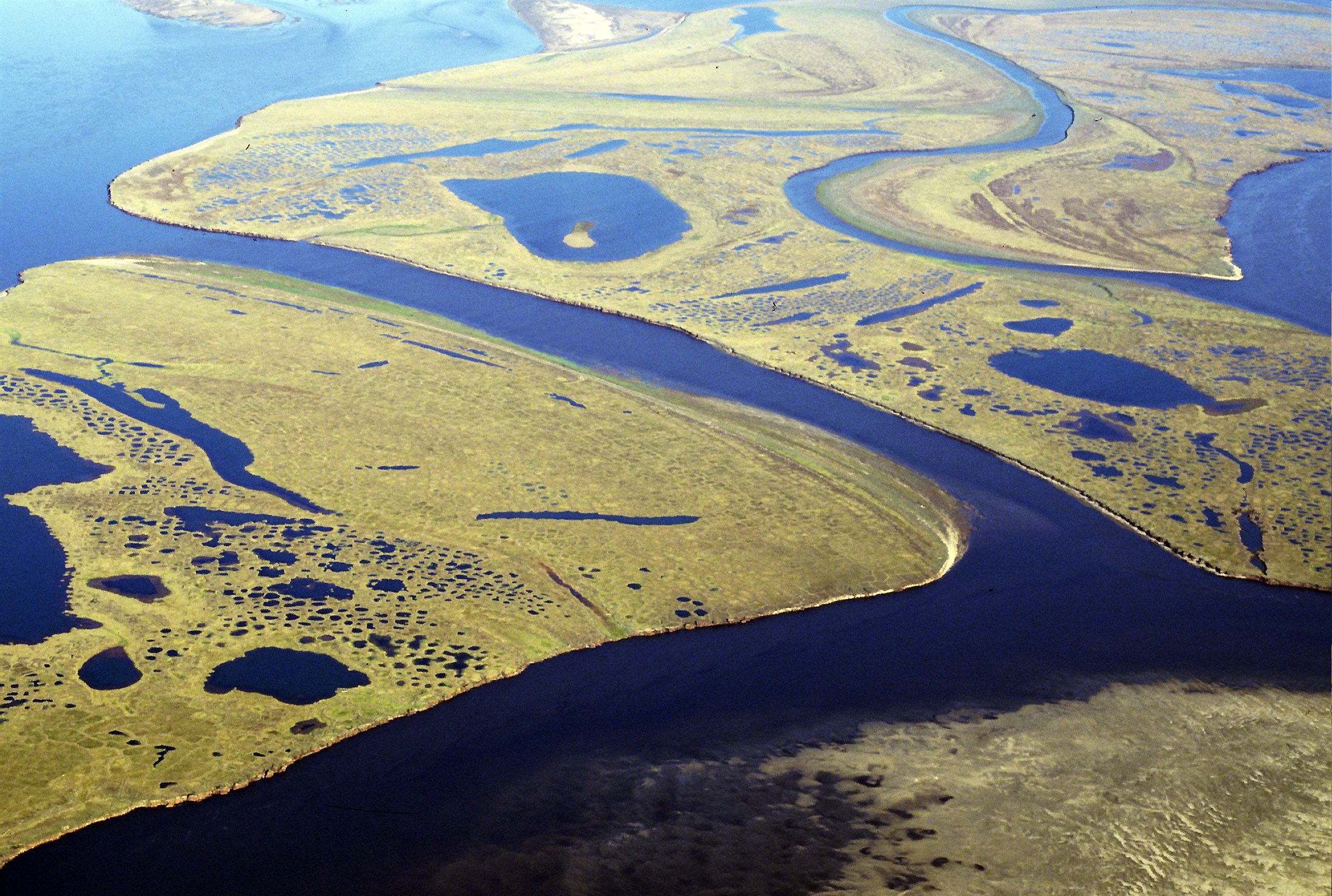[metaslider id=3099]
Sustainable Livelihoods is the theme for World Wetlands Day in 2016. This theme is selected to demonstrate the vital role of wetlands for the future of humanity and specifically their relevance towards achieving the new Sustainable Development Goals.
World Wetlands Day is celebrated every year on 2 February. This day marks the date of the adoption of the Convention on Wetlands on 2 February 1971, in the Iranian city of Ramsar on the shores of the Caspian Sea. Since 1997, the Ramsar Secretariat provides outreach materials to help raise public awareness about the importance and value of wetlands. Click here.

Linking Tourism & Conservation (LT&C) by celebrating World Wetlands Day like to use this opportunity to look out for more LT&C Examples, where tourism is supporting wetland protected areas. One such example is the Wadden Sea, which in addition to its World Heritage and national park status is one of the internationally most important wetlands and Ramsar sites. LT&C may also become more involved in projects, where wetland protection is in focus, e.g. in Myanmar, on Taimyr or Iceland.
The Ramsar Secretariat published already in 2012 the report „Destination Wetlands: Supporting Sustainable Tourism“, a great source of case studies, where some of them have the potential to evolve into LT&C Examples.
This 80-page book, published jointly by Ramsar and the UNWTO, provides an overview of existing guidelines on sustainable tourism as well as many other useful materials on sustainable tourism management.
There is a clear need to manage wetland tourism wisely through sound policies, planning, and awareness-raising — in other words, by putting the principles of sustainable tourism into action. The publication highlights the considerable value of wetlands for tourism and the economic benefits that tourism can bring for the management of wetland sites. Through case studies and other materials, it demonstrates the contributions that sustainable tourism practices in and around wetlands can make to conservation, poverty alleviation (through improvement of local livelihoods), regional and national economies, and support to local cultures. At the same time, it also identifies the associated risks and potential impacts when tourism is not well managed and is not sustainable.

For this publication, 14 case studies on tourism in wetlands (13 of which are Ramsar Sites) have been selected to cover different wetland types around the world and to illustrate the diversity in the scale of tourism, the management processes in place, the many challenges encountered and, wherever possible, the management solutions employed. The full texts of the case studies include considerable additional detail on the scale of tourism and how it is being managed. They can be viewed here.
If you need wetland photos for your celebration of World Wetlands Day: they can be downloaded for free from the GRID-Arendal photo library.



